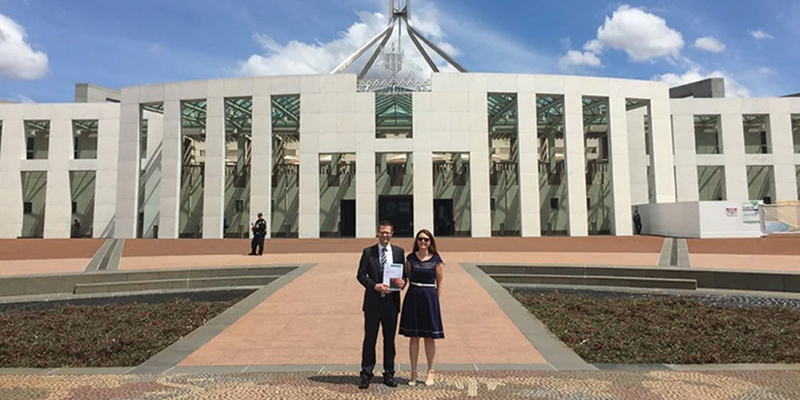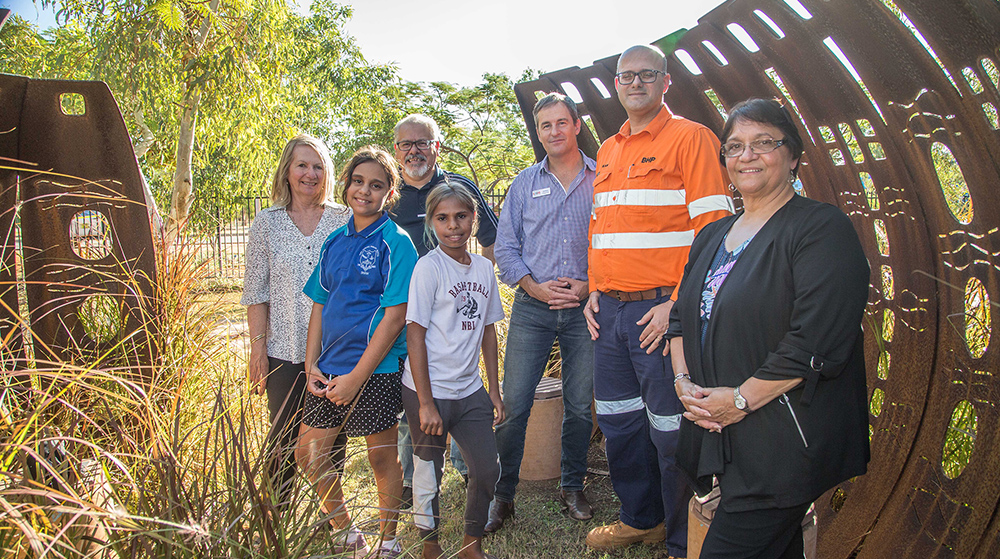Search

News & Events
Bobbie brings baby’s brain to lifeA lovable blue creature by the name of Bobbie has won the hearts and minds of Western Australians.

News & Events
National guideline provides uniform approach to autism diagnosisIn October 2018, the Autism CRC released A National Guideline for the Assessment and Diagnosis of Autism Spectrum Disorders in Australia.

News & Events
$35 million to develop vaccine with potential to save half a million lives per yearA vaccine to prevent rheumatic heart disease (RHD) and other life-threatening conditions caused by the common Strep A bacteria is a step closer thanks to funding announced by Minister for Indigenous Health, Hon Ken Wyatt AM, MP, in Perth today.

News & Events
Investment in kids provides ongoing rewardsCorporates and private investors are beginning to realise the benefits of investing in early years initiatives, according to international demographer and economist Professor David Bloom.

News & Events
Five-year Hedland FASD Project wraps upA five-year, $5 million research program funded by BHP and aimed at reducing the prevalence and impact of FASD in the Pilbara officially wrapped in South Hedland last night.

News & Events
Researchers pay tribute to LockieThe hearts of everyone at The Kids go out to the family and friends of Lachlan Hernaman, a long-term participant in lung health research who died suddenly on April 30.

News & Events
Wesfarmers tops 2019 GivingLarge ReportThe major funder of the Wesfarmers Centre of Vaccines and Infectious Diseases based at The Kids Research Institute Australia has been recognised as Australia’s most generous giver.

News & Events
Churchill Fellow to explore how other countries get kids back to schoolThe Kids Research Institute Australia researcher Dr Kirsten Hancock will use a prestigious Churchill Fellowship to investigate how other countries handle school absenteeism.

News & Events
Iconic partnership to bolster parents in cyber safety battleBankwest and The Kids Research Institute Australia have announced a new partnership, bringing together two iconic Western Australian organisations to support parents in their cyber safety battle.

News & Events
The Kids welcomes Australian Nobel Laureate for prestigious lectureThe Kids is delighted to have Australian Nobel Laureate and former Australian of the Year Professor Peter C Doherty AC deliver The Governor’s Lecture.
